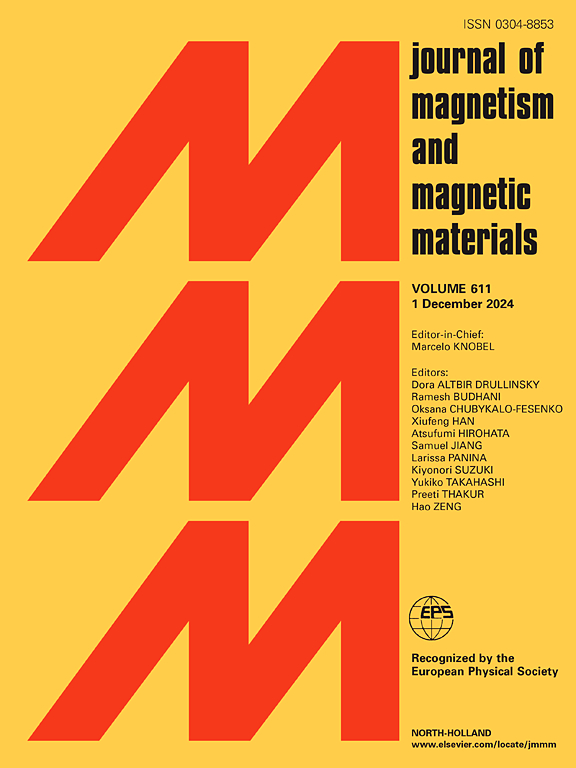Ferromagnetism in In2O3-based nanostructures: A review on structure, shape, electronic structure, magnetic properties, DFT modeling and applications
IF 2.5
3区 材料科学
Q3 MATERIALS SCIENCE, MULTIDISCIPLINARY
引用次数: 0
Abstract
In2O3 is extensively studied as a wide-band gap semiconductor because of its numerous uses in spintronics and optoelectronics devices. Recently, researchers have primarily focused on fine-tuning the functional characteristics of nanoscale In2O3 semiconductors by manipulating their size, shape, and the local microenvironment of dopants. In this review, we highlight the decisive investigation of structure–property correlation, shape-dependent, and doping-induced magnetic properties of In2O3 nanostructures. First, we critically discussed the various synthesis methods utilized to prepare the different In2O3-based nanostructures. We then systematically investigated the impact of different shapes of In2O3, including nanoparticles (0D), nanowires/nanorods (1D/2D), 3D nanoflowers, and thin film structures on the magnetic characteristics. In addition to pristine In2O3, we emphasize the recent advances in the stimulus of metal incorporation on shape and magnetic features of In2O3 were investigated. The electronic band structure and magnetic properties of pure and metal-substituted In2O3 were analyzed using density functional theory. A distinctive section is dedicated to the growth mechanism of In2O3 nanostructures, the basis of ferromagnetism, and some relevant technological applications. Finally, a brief outlook and challenges were discussed on realizing the basis and switching of ferromagnetism.
求助全文
约1分钟内获得全文
求助全文
来源期刊

Journal of Magnetism and Magnetic Materials
物理-材料科学:综合
CiteScore
5.30
自引率
11.10%
发文量
1149
审稿时长
59 days
期刊介绍:
The Journal of Magnetism and Magnetic Materials provides an important forum for the disclosure and discussion of original contributions covering the whole spectrum of topics, from basic magnetism to the technology and applications of magnetic materials. The journal encourages greater interaction between the basic and applied sub-disciplines of magnetism with comprehensive review articles, in addition to full-length contributions. In addition, other categories of contributions are welcome, including Critical Focused issues, Current Perspectives and Outreach to the General Public.
Main Categories:
Full-length articles:
Technically original research documents that report results of value to the communities that comprise the journal audience. The link between chemical, structural and microstructural properties on the one hand and magnetic properties on the other hand are encouraged.
In addition to general topics covering all areas of magnetism and magnetic materials, the full-length articles also include three sub-sections, focusing on Nanomagnetism, Spintronics and Applications.
The sub-section on Nanomagnetism contains articles on magnetic nanoparticles, nanowires, thin films, 2D materials and other nanoscale magnetic materials and their applications.
The sub-section on Spintronics contains articles on magnetoresistance, magnetoimpedance, magneto-optical phenomena, Micro-Electro-Mechanical Systems (MEMS), and other topics related to spin current control and magneto-transport phenomena. The sub-section on Applications display papers that focus on applications of magnetic materials. The applications need to show a connection to magnetism.
Review articles:
Review articles organize, clarify, and summarize existing major works in the areas covered by the Journal and provide comprehensive citations to the full spectrum of relevant literature.
 求助内容:
求助内容: 应助结果提醒方式:
应助结果提醒方式:


